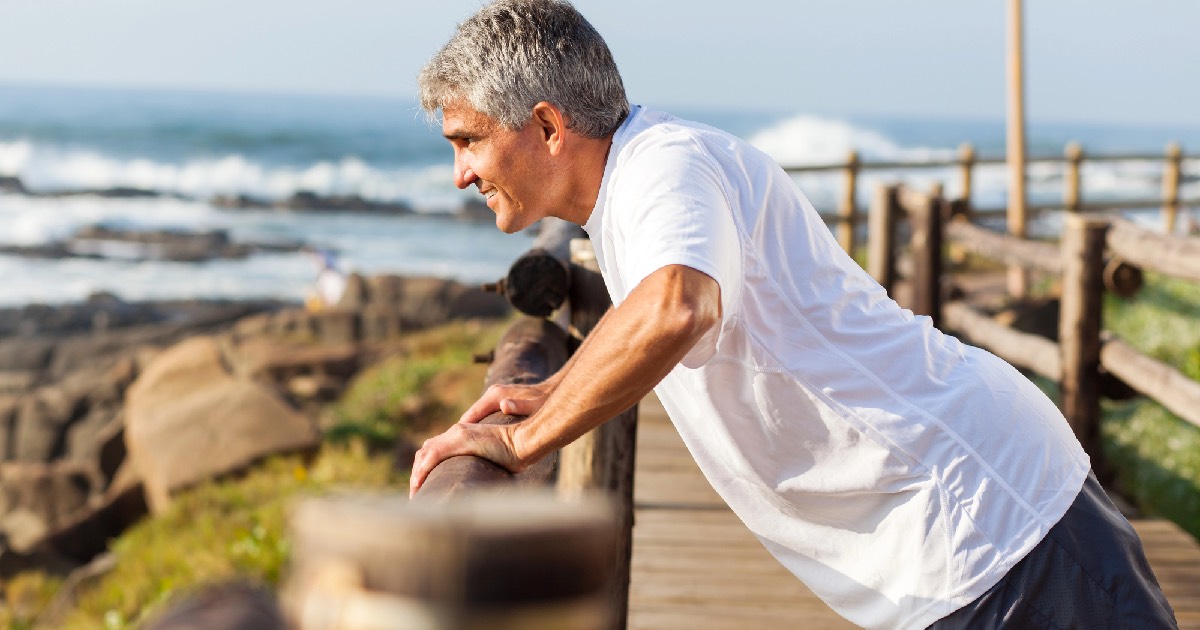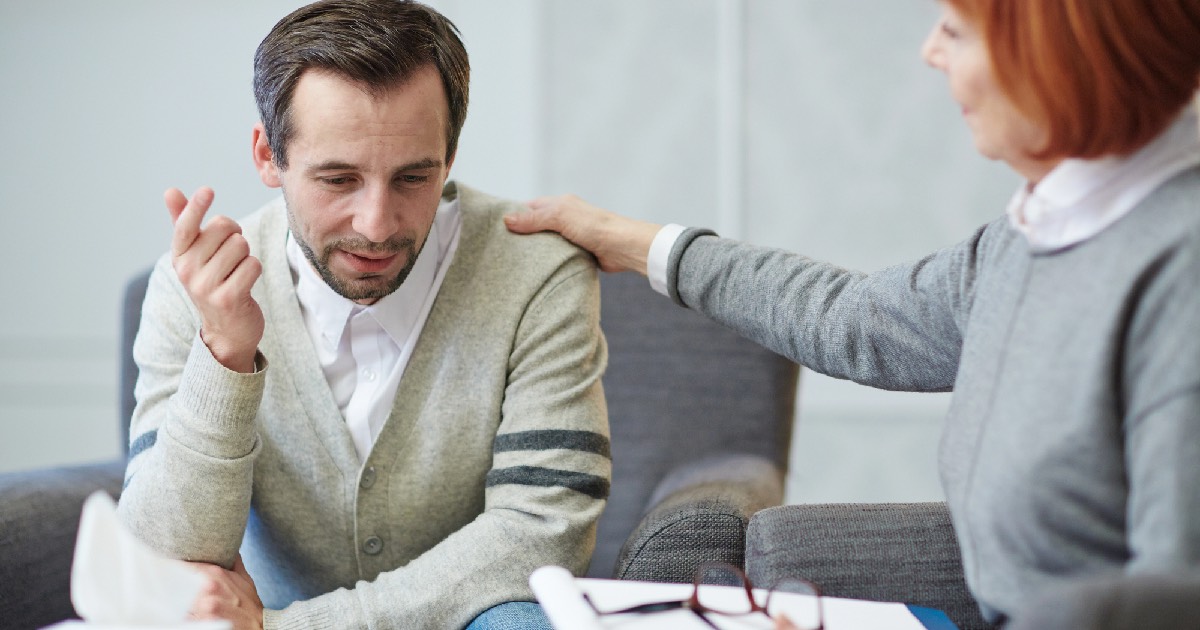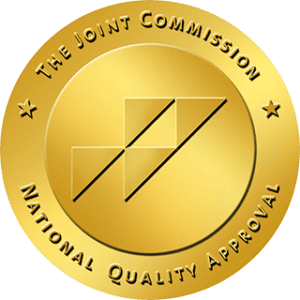Are you recovering from alcohol use disorder and dealing with persistent cravings?
Cravings (intense urges to drink) are one of the toughest challenges on the road to recovery. They can strike unexpectedly, hijacking your thoughts and threatening hard-won progress. Even though cravings can be incredibly frustrating, they are not a sign of weakness or failure. In fact, they are a natural response driven by your brain’s chemistry and learned behaviors.
Understanding the science behind cravings is the first step to regaining control. This way, you’ll know why they’re happening, how to spot them, and how to manage the symptoms. The good news is that cravings do get better over time, decreasing in frequency and intensity.
Let’s learn about what’s happening in your brain as you recover from alcohol use disorder (AUD), why that first drink feels so compelling, and evidence-based strategies you can use to fight back.
What Triggers a Craving?
Cravings arise from a combination of neurobiology, environmental cues, and emotional states. First, alcohol stimulates the release of dopamine, a neurotransmitter associated with pleasure. Over time, your brain comes to expect that drink as a quick “reward,” so it sends powerful signals whenever you encounter reminders of drinking or stressors that once led you to pour a glass.
Second, through repeated drinking, certain people, places, or activities become “trigger cues.” For example, passing by your favorite pub, hearing clinking glasses, or even feeling bored can automatically activate memories of drinking, creating a conditioned response. Third, cravings often serve as the brain’s misguided attempt to regulate mood. Anxiety, loneliness, or frustration can all spark the desire to numb or escape.
Here are some examples of triggers that can prompt you to seek out alcohol’s temporary relief:
- Emotional triggers. Stress, anxiety, loneliness, and boredom are all examples of emotional triggers. Many people are surprised to learn that even celebratory joy, such as birthdays, weddings, and promotions, can also trigger the urge to drink.
- Environmental and contextual triggers. Routines, such as driving past a liquor store on your commute, times of day (e.g., “happy hour”), and places like bars or certain restaurants can trigger cravings.
- Social triggers. Social triggers include specific people, group activities, and peer pressure, such as friends and family members who drink or offer you a drink.
- Sensory triggers. Sights (e.g., clinking glasses, neon bar signs), smells (aroma of beer on tap), and sounds (music from a favorite drinking playlist) are sensory triggers. It’s important to be aware of them, as they can sneak up without you realizing it.
- Cognitive and memory triggers. Memories and thought patterns can also increase the desire to drink. Memories might include recalling the “good” times you had while drinking, while thought patterns might sound like “just one won’t hurt.”
Why the “First Drink” Feels So Irresistible
Even when your willpower is strong, that initial sip can feel almost unavoidable. There’s a few things happening that cause this. Your prefrontal cortex (PFC) governs self-control and decision-making, while the limbic system drives emotion and reward-seeking. Under stress or fatigue, PFC activity dips, letting the limbic system take over. This is why that urge to drink wins out.
Another thing that’s happening is something called memory reconsolidation. When you think about drinking, your brain replays the “good feelings” you once had. Those memories become stronger each time the craving hits, making the idea of the first drink seem more appealing.
Additionally, there’s a rapid neurochemical shift that happens. As soon as alcohol enters the bloodstream, it boosts dopamine and GABA (an inhibitory neurotransmitter), creating quick relaxation. Your brain remembers this fast relief, and it craves that neurochemical rush.

Science‑Backed Strategies to Fight Cravings
You have more power than you might think, even when it feels like cravings are taking over. Fortunately, it does become easier to deal with cravings over time. Here are some techniques that target the brain’s chemistry and behavioral patterns:
Delay and Distract
When a craving hits, commit to waiting at least 10–15 minutes. Engage in a distracting activity, such as going for a short walk, calling a friend, or practicing a brief mindfulness exercise. Often, the urge will peak and subside.
Urge Surfing
Instead of battling the craving, “ride the wave” of sensation without judgment. Notice the rise and fall of physical and emotional tension. This practice weakens the craving’s hold by showing it isn’t permanent.
Mindfulness Meditation
Regular mindfulness trains your PFC to strengthen self‑control. Even 5–10 minutes per day of focused breathing or body‑scan exercises can improve your ability to observe cravings without reacting.
Behavioral Substitutions
Replace drinking rituals with healthy alternatives. For instance, you can sip sparkling water or herbal tea in your favorite glass, go to a gym class or take a scenic hike at the time you’d usually drink, or write in a journal (or draw in a sketchbook) when old drinking cues arise.
Environmental Management
Remove or avoid high‑risk triggers whenever possible. For example, clear alcohol from your home, change your route to work if it passes by bars, and let friends and family know about your goals so they can support your new routines.
Social Support and Accountability
Talking through cravings with a sponsor, therapist, or peer support group reduces shame and also provides practical insights. Sharing strategies and victories with your support group reinforces your commitment to sobriety.
Medication
For some, medications like naltrexone or acamprosate can reduce the intensity of cravings by modulating the brain’s reward response. These medications may be prescribed during treatment, or you can talk to a medical professional to see if they’re right for you.
Moving Forward with Confidence
Cravings are an expected part of recovery, and each one you face and overcome makes your brain stronger. By combining neuroscience‑based techniques, environmental changes, and a solid support network, you can diminish cravings from a threatening wave into a manageable ripple.
At Recovery Cove, our programs integrate these proven strategies into individualized treatment plans. Whether through skills workshops, mindfulness training, or supportive group discussions, we equip you with the tools to understand and conquer cravings, one urge at a time.
Ready to take control of your cravings? Contact Recovery Cove today at 484-549-COVE to learn how our comprehensive approach can help you build lasting resilience and embrace a life free from alcohol’s grip.






